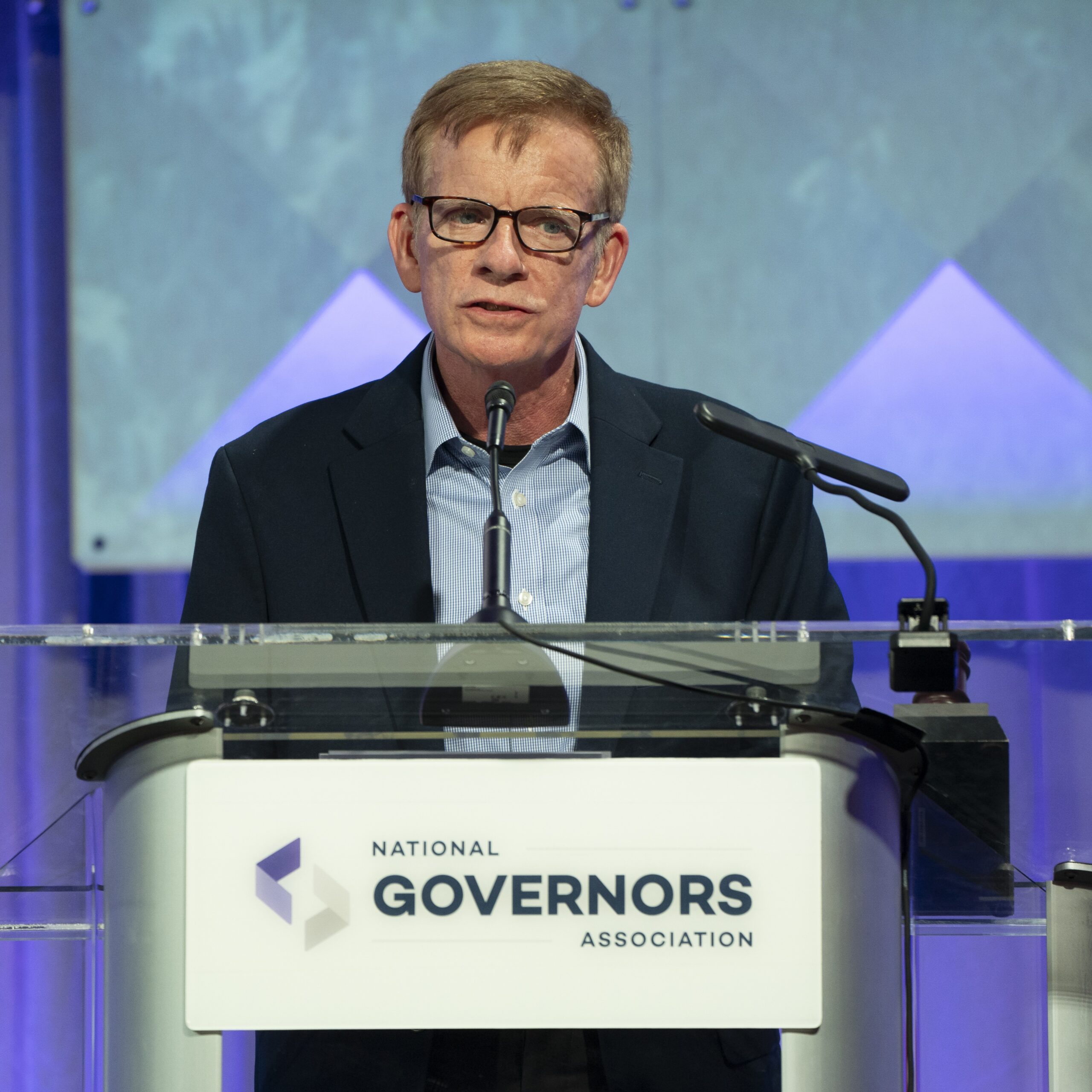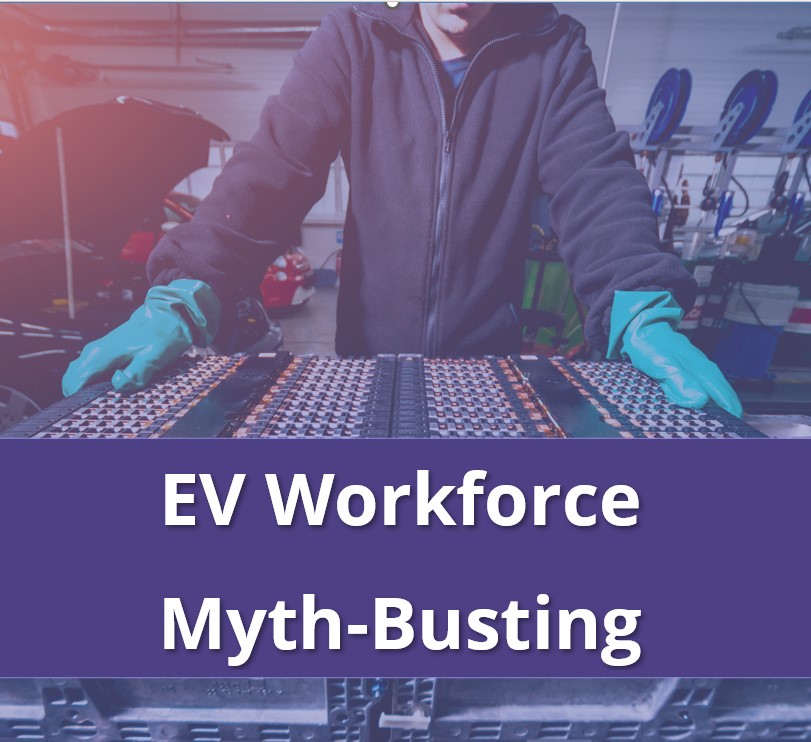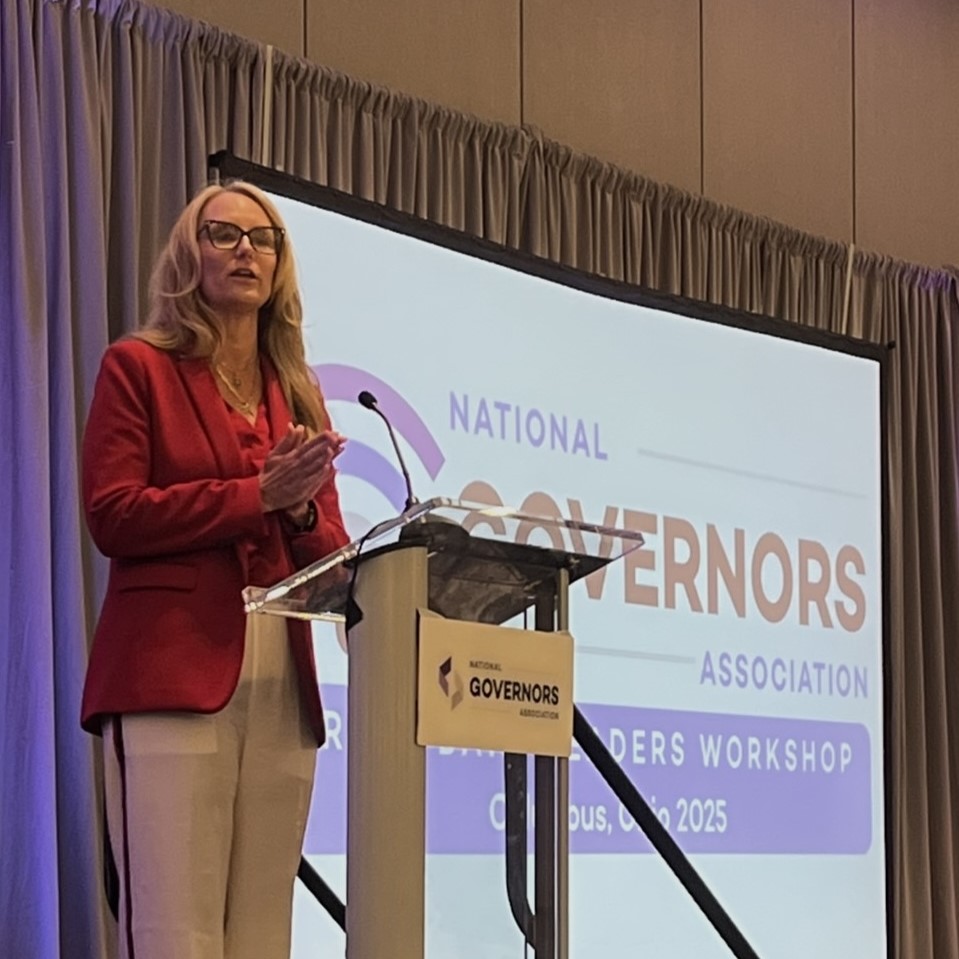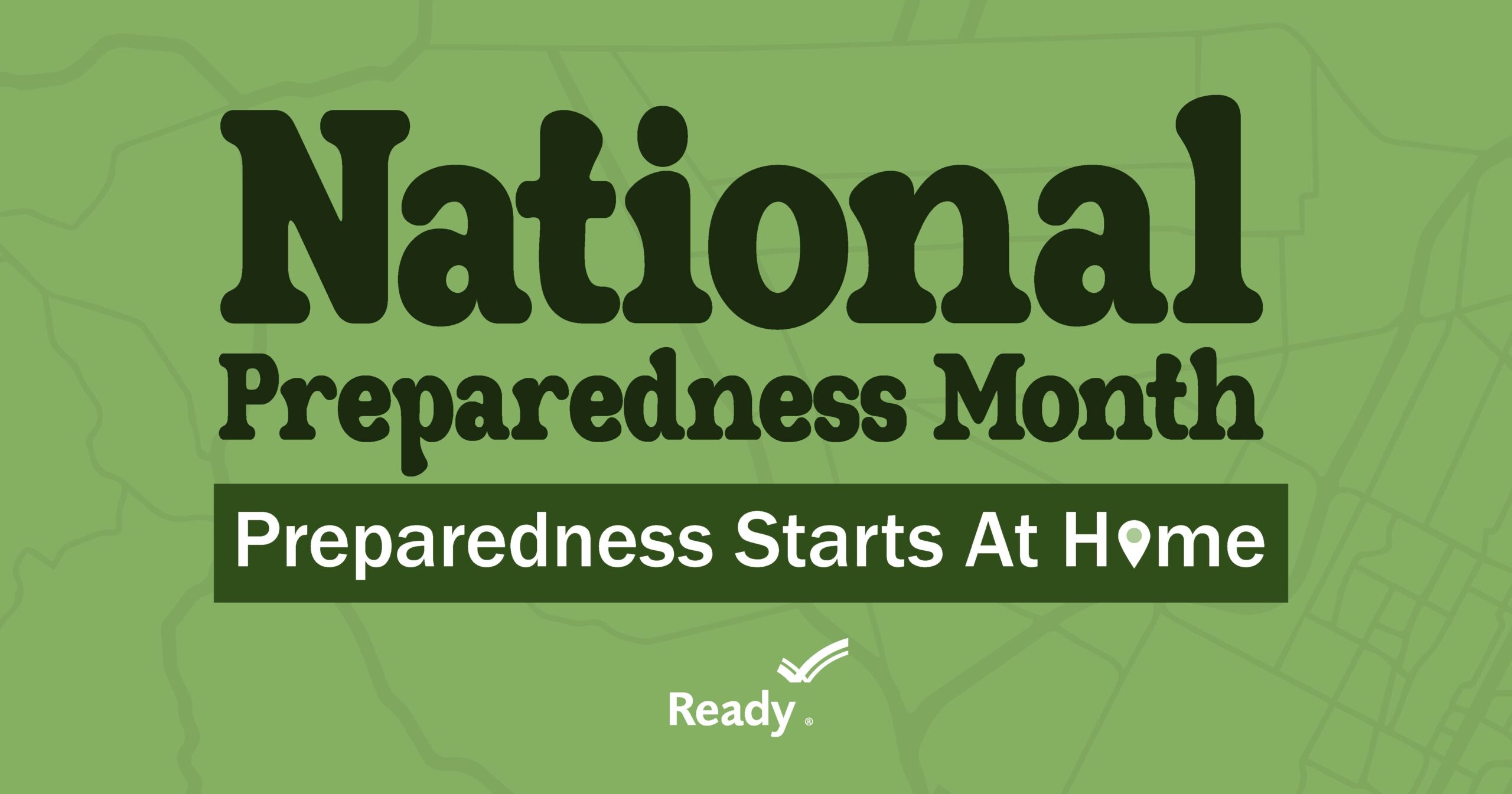The NGA Workforce Innovation Network will continue to support Governors in building capacity for innovation as they work in tandem with partners to re-engage citizens in the workforce, improve economic mobility, and advance equity in their states and territories.
by Madelyn Rahn and Rachael Stephens
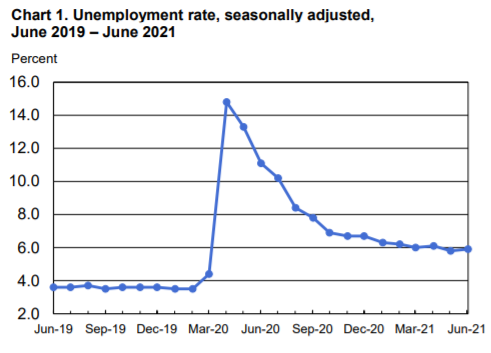
Early in the pandemic, as millions of Americans filed for unemployment each week, states were focused on responding to a tsunami of unemployment claims and placing unprecedented numbers of unemployed job seekers into immediately available jobs as quickly as possible. As of May 2021, 9.3 million Americans were unemployed – far fewer than the pandemic high of 23.1 million in April 2020, but still far more than the 5.7 million unemployed in February 2020. Meanwhile, as more businesses fully reopen, many employers, especially small businesses, are struggling to fill positions with qualified workers. As Governors support job seekers’ return to work and help businesses fill open rolls, they’re also working to shape the longer-term post-pandemic future in their states. By aligning short-term re-employment strategies with longer-term objectives to advance equity and economic mobility, state leaders can help people get good jobs and achieve self-sufficiency.
Recognizing the enormity of this task before Governors, in January 2021 the National Governors Association published the State Roadmap for Workforce Recovery, a framework for organizing state workforce response and recovery activities to align short-term and long-term goals and accomplish four critical objectives necessary for a stronger, more resilient, and more equitable post-pandemic economy:
- Expand access to essential support services;
- Rapidly connect job seekers to work;
- Advance digital access and skill development; and
- Enhance job quality for all workers.
Governors recognize that these objectives cannot be reached through siloed activities across disparate agencies or initiatives. Since launching work with its first cohort of states in March, the NGA Workforce Innovation Network (NGA WIN) has been focused on helping Governors drive meaningful action toward achieving these bold objectives using a more comprehensive approach. NGA WIN empowers Governors to convene a range of stakeholders to develop common goals, align activities, and solidify plans to move the needle on realizing the Governors’ vision for workforce innovation and resilience.
NGA WIN is currently working with a cohort of 10 states to help them rapidly connect unemployed job seekers to essential support services, work or training by improving their coordinated service delivery. For many states, prioritizing the quality of jobs they connect people to or train them for is central to this work – beginning with defining what makes a job “good” in the first place. To help states answer this question, NGA WIN has partnered with recognized thought leaders and practitioners to develop a state action planning template for defining job quality for reemployment and recovery.
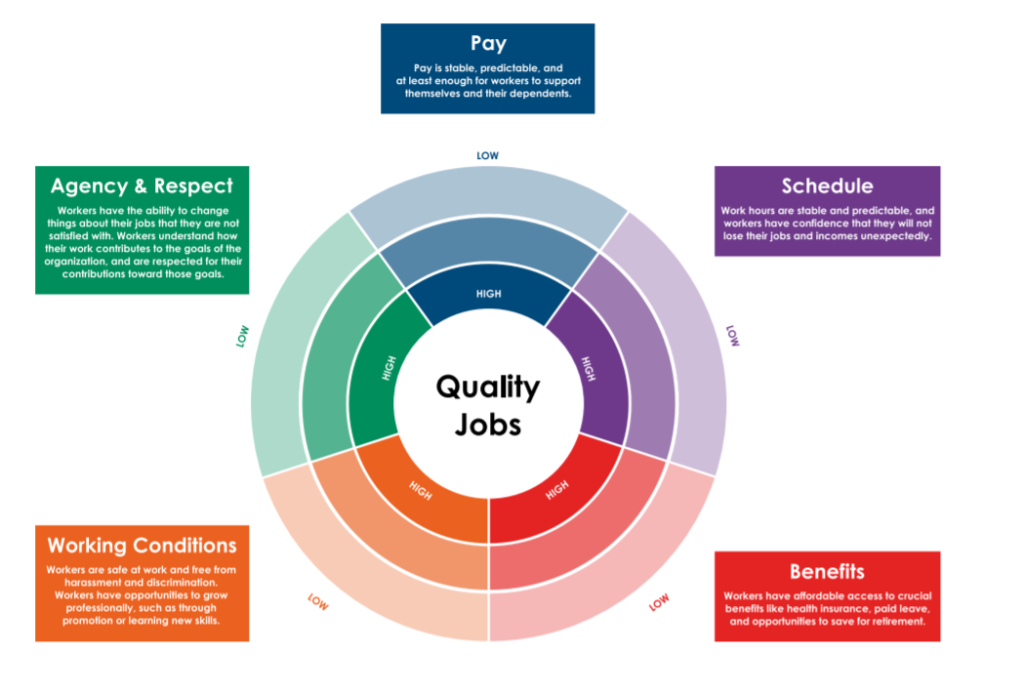
In an effort to better understand and measure job quality, thought leaders at The Aspen Institute, Corporation for a Skilled Workforce, the Federal Reserve Bank of Atlanta and the National Fund for Workforce Solutions have identified five key elements of job quality: pay, schedule, benefits, working conditions, and agency and respect. As a first step in using job quality to inform their efforts, states may use this framework to determine which elements to prioritize, how they will measure them and how those metrics should be applied to inform how they serve job seekers. The NGA WIN action planning template builds on this framework, guiding states through a process of assembling a stakeholder team to collaboratively define key elements of job quality in their state and identify steps they can take to further prioritize job quality in their employment services and training investments.
By the measure above, millions of workers across the country may be working in jobs they feel fall short on one or more key elements of job quality. There are also indications that many workers may be earning less than a living wage. Roughly 1 in 5 American workers qualified for the Earned Income Tax Credit (EITC) before thepandemic – a program designed to assist taxpayers with low earnings that may not cover their basic needs, and the IRS estimates only 80 percent of those eligible actually apply for and receive it. In addition to low pay, workers face other conditions of employment that can contribute to financial stress. For example, before the pandemic 28 percent of civilian workers did not have access to medical care benefits through their employer. Similarly, 29 percent lacked access to retirement benefits and 22 percent lacked access to paid sick leave. Many also experience other types of stress and instability related to conditions of work. For instance, nearly 1 in 5 American workers are given less than one week of notice of their work schedule, which may make it difficult to manage other responsibilities, like child care or educational pursuits.
State leaders understand placing job seekers in high-quality jobs is not as simple as directing them toward the highest-paying job for which they are qualified. Job quality can encompass many elements that contribute to worker satisfaction, retention and overall success. Workers have different definitions of “high quality” depending on their priorities. Some job seekers may require additional training to gain skills to enter a job that meets their needs. Furthermore, state leaders recognize some jobs deemed lower-quality may serve as important entry points to higher-quality jobs – particularly if they can work with employers, educators and training providers to make sure these jobs are stepping-stones more often than dead ends.
States across the country are already taking steps to define and measure elements of job quality in ways that help them better serve job seekers. Among them are three NGA WIN grantee states which have taken particularly innovative approaches that complement their broader efforts to improve service delivery and job placement strategies:
- In Washington, the Workforce Development Council of Seattle-King County collaborated with the University of Washington in 2020 to create a statewide self-sufficiency standard. This standard is based on regional cost of living across the state and will enable the state to analyze workforce program outcomes through interactive dashboards and identify gaps and shortfalls in service delivery. The state will use this information to facilitate collaboration among key partners to implement solutions that improve job training and placement program outcomes.
- The Colorado NGAWIN state team has been collaborating with their state workforce board to create a job quality definition to be field tested throughout the state workforce system. Once this definition is finalized, the state plans to use American Rescue Plan Act funds to embed this new standard definition into its local workforce area funding formulas.
- Alabama worked with the Federal Reserve Bank of Atlanta to launch a career planning tool that includes a benefits cliff calculator. The Dashboard for Alabamians to Visualize Income Determinations (DAVID) can help individuals understand which career pathways will help them achieve self-sufficiency and overcome potential loss of public assistance based on income, region, occupation and family dynamics. This empowers workers to progress through a career path while maintaining financial security.
These initiatives demonstrate how states can begin to define and measure elements of job quality to improve service delivery strategies. States can build on these types of initiatives by incorporating additional job quality elements into their definition or by applying their definitions to additional programs that serve people looking for work and building their careers.
These examples also underscore that enhancing job quality will require collaborative partnerships among the Governor and state workforce system leaders and other state agencies, institutions and employers, as well as federal and local governments. The NGA Workforce Innovation Network will continue to support Governors in building capacity for innovation as they work in tandem with these partners to re-engage citizens in the workforce, improve economic mobility, and advance equity in their states and territories.
The NGA Workforce Innovation Network is generously supported by the Cognizant Foundation.



